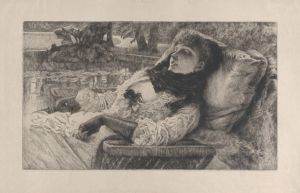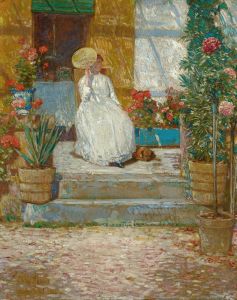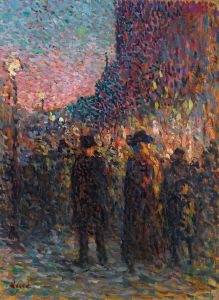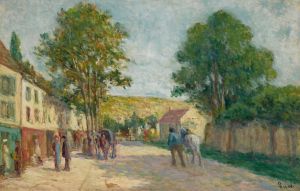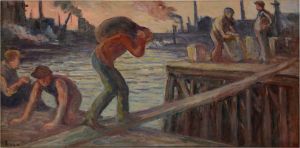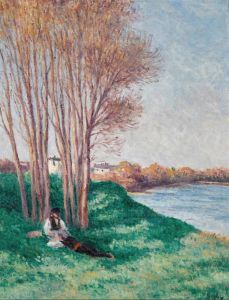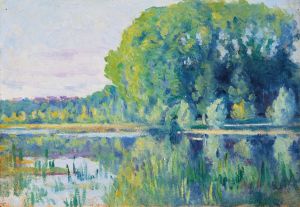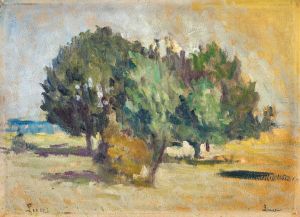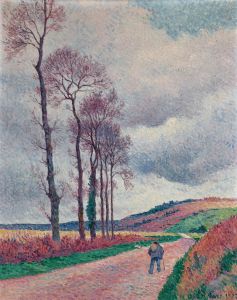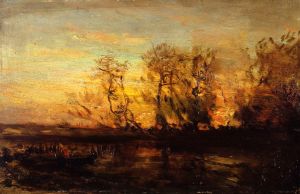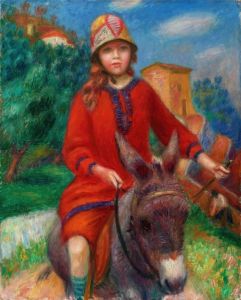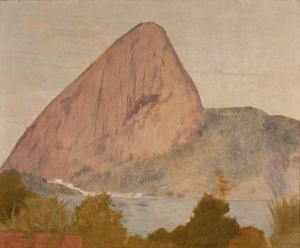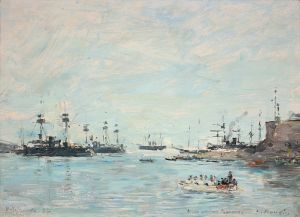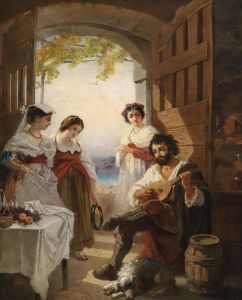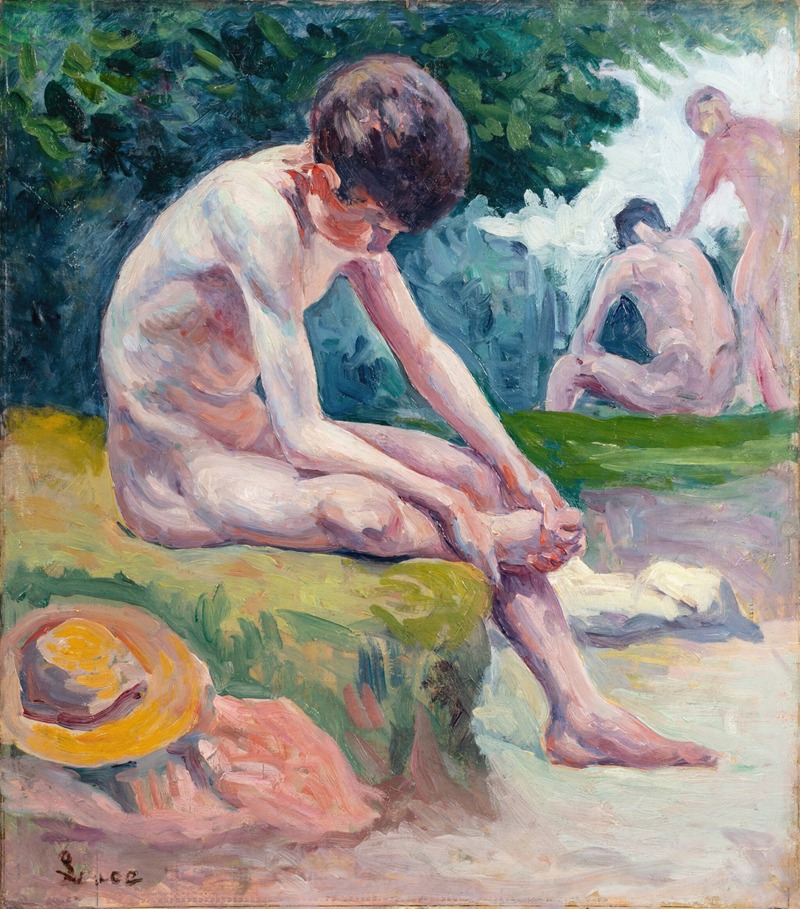
Jeunes baigneurs
A hand-painted replica of Maximilien Luce’s masterpiece Jeunes baigneurs, meticulously crafted by professional artists to capture the true essence of the original. Each piece is created with museum-quality canvas and rare mineral pigments, carefully painted by experienced artists with delicate brushstrokes and rich, layered colors to perfectly recreate the texture of the original artwork. Unlike machine-printed reproductions, this hand-painted version brings the painting to life, infused with the artist’s emotions and skill in every stroke. Whether for personal collection or home decoration, it instantly elevates the artistic atmosphere of any space.
Maximilien Luce's Jeunes baigneurs (translated as Young Bathers) is a painting by the French Neo-Impressionist artist Maximilien Luce. Luce, born in 1858 and active until his death in 1941, was a prominent figure in the Neo-Impressionist movement, which emphasized the use of pointillism and divisionism to create vibrant, light-filled compositions. He was heavily influenced by the works of Georges Seurat and Paul Signac, who were pioneers of the technique.
Jeunes baigneurs is an example of Luce's interest in depicting scenes of leisure and everyday life, often set in natural environments. The painting portrays a group of young bathers enjoying a moment by the water, likely in a rural or semi-rural setting. The work reflects Luce's characteristic use of small, distinct brushstrokes to build up the composition, a hallmark of the Neo-Impressionist style. This technique allows for a dynamic interplay of light and color, creating a sense of movement and vitality in the scene.
Luce was known for his ability to capture the harmony between human figures and their surroundings, and Jeunes baigneurs exemplifies this quality. The figures are integrated seamlessly into the landscape, emphasizing a connection between humanity and nature. The painting also reflects the broader cultural interest in outdoor leisure activities that emerged in France during the late 19th and early 20th centuries, as industrialization and urbanization led to a growing appreciation for rural retreats and natural beauty.
While specific details about the creation date and current location of Jeunes baigneurs are not readily available, the painting is consistent with Luce's broader body of work, which often explored themes of labor, leisure, and the interplay of light and color. Luce's artistic output was diverse, ranging from idyllic landscapes and portraits to scenes of industrial labor and urban life, reflecting his dual interests in aesthetic beauty and social commentary.
Maximilien Luce's contributions to the Neo-Impressionist movement have earned him recognition as one of its key figures. His works, including Jeunes baigneurs, continue to be celebrated for their technical mastery and their ability to evoke a sense of time, place, and human experience.





